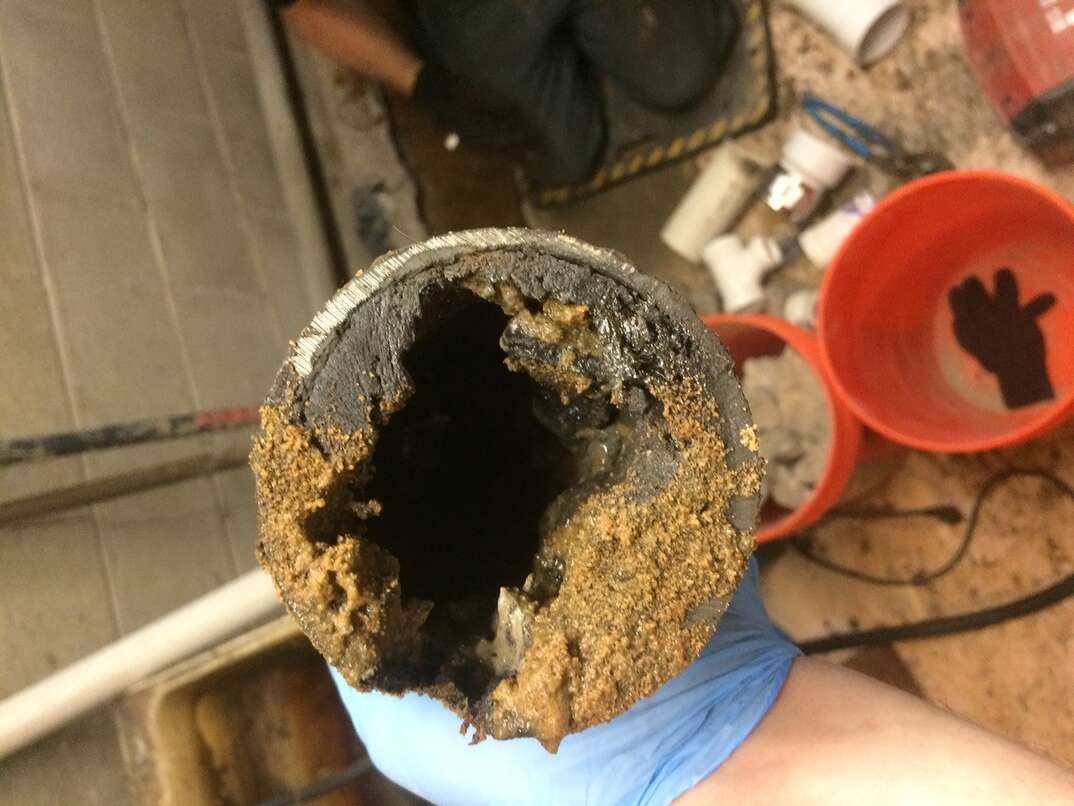How Do Water Leak Monitors Work?

Water leaks pose a serious threat to homes and businesses, causing structural damage, mold growth and significant financial losses.
This May Also Interest You: 3 Products You Need to Prevent Leaks
Fortunately, advancements in technology have given rise to various leak-detection systems and water monitors designed to mitigate these risks.
Common Types of Leak-Detection Systems
Passive Leak-Detection Systems
Passive systems are typically installed in areas prone to water leaks, such as basements, crawl spaces, or near appliances like water heaters. These systems rely on sensors or detectors that activate when they come into contact with water. The sensors trigger an alarm or shut off the water supply, preventing further damage. Passive systems are cost-effective and relatively easy to install.
Active Leak-Detection Systems
Unlike passive systems, active leak detection systems are more proactive in their approach. These systems use a network of sensors placed strategically throughout a property to continuously monitor for signs of leaks. Active systems often employ sophisticated technology, including moisture sensors, acoustic sensors and flow sensors. They provide real-time monitoring and can detect leaks at their early stages.
Flow-Based Leak-Detection Systems
Flow-based systems monitor water flow within pipes and can detect abnormalities indicative of a leak. These systems are commonly installed in commercial and industrial settings where large volumes of water are used. By analyzing the flow patterns, the system can identify unexpected drops in flow, signaling a potential leak. Flow-based systems are effective in monitoring water consumption and detecting leaks in high-traffic areas.
How Leak-Detection Systems Work
Passive Systems
Passive systems are triggered when water comes into contact with their sensors or detectors. This could involve the activation of moisture-sensitive probes, which, when wet, complete an electrical circuit, signaling the presence of water. The system responds by generating an alarm or initiating an automatic shut-off of the water supply.
Active Systems
Active leak detection systems employ a combination of sensors and advanced technology to continuously monitor for water-related anomalies. Moisture sensors detect the slightest hint of water, while acoustic sensors can pick up the sound of leaks within pipes. These systems may also use sophisticated algorithms to analyze patterns and detect irregularities in water flow, signaling the presence of a leak.
Flow-Based Systems
Flow-based systems monitor the flow of water through pipes. Any deviation from the expected flow patterns, such as a sudden drop in flow rate, can trigger an alert. Some systems may incorporate machine learning algorithms to distinguish between normal water use and abnormal flow, enhancing their accuracy in leak detection.
More Related Articles:
- How to Fix a Leaky Radiator in 4 Steps
- 9 Common Plumbing Myths — Busted
- How Your Home’s Plumbing System Works
- Got Plumbing Problems? Here’s What Plumbing Issues Homeowners Insurance Covers ... and What It Doesn’t
- Pipe Burst? Here’s What to Do Next
Alert Mechanisms
Audible Alarms
The most common alert mechanism is an audible alarm. When a leak is detected, the system activates a loud sound to alert occupants of the property. This immediate notification allows for swift action to address the leak and minimize damage.
Smart Notifications
Many modern leak-detection systems are equipped with smart capabilities, allowing them to send notifications to users' smartphones or other connected devices. This real-time alert system enables remote monitoring, providing homeowners and property managers with instant information about potential leaks.
Automatic Shut-Off Valves
Some leak detection systems are integrated with automatic shut-off valves. When a leak is detected, the system can automatically shut off the water supply to prevent further damage. This feature is especially valuable for homeowners who may be away from their property for extended periods.
Where to Put Water Leak Monitors
Strategic placement of water leak detectors is crucial to ensure comprehensive coverage. Install detectors in areas prone to water damage, such as basements, near water heaters, washing machine spaces, bathrooms and beneath sinks. Place them near appliances with water connections, like refrigerators and dishwashers. Consider installing detectors near potential sources of leaks, such as plumbing fixtures and pipes. Additionally, situate detectors in spaces where hidden leaks may occur, such as crawl spaces. This thoughtful placement maximizes the effectiveness of leak detection systems, providing early warnings and mitigating potential water-related risks throughout your home or business.


